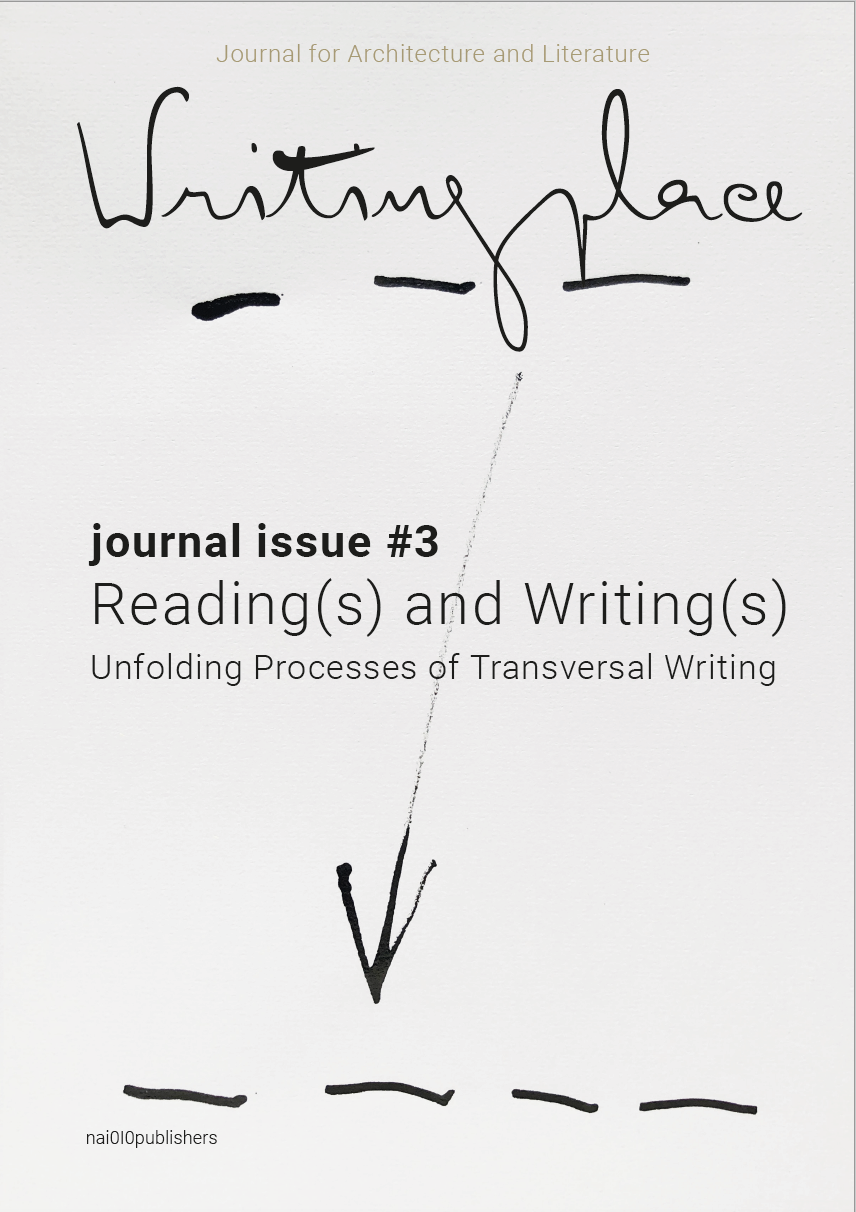Skopje: The Multiple Faces of the City
DOI:
https://doi.org/10.7480/writingplace.3.4348Abstract
This contribution offers a series of lyrically framed observations of an architectural educator on repeated visits to the city of Skopje. It reflects on the complex histories and processes shaping the city, from the remnants of the Metabolist city to the neo-classical vocabulary of a reconstituted national identity. Historically, the city of Skopje has been characterized by a series of urban abruptions: from the earthquake of 1963 via the end of Yugoslavia and the Balkan wars, to the recent tensions between nationalist tendencies and the growing migrant population from Kosovo and Albania. These abruptions have resulted, on an urban and architectural level, in a great number of spatial contrasts: the fine spatial grain of the old bazaar area as opposed to the large metabolist urban scheme, introduced by Japanese architect Kenzo Tange after the 1963 earthquake; the contrast between the two sides of the river Vardar; the surreal Skopje 2014 project which consisted the erection of fake neo-classical buildings, fountains and an “arc of triumph” on prominent sites across the city, aiming to establish a heroic nationalist narrative of the ancient Macedonia of Alexander the Great. The contribution is composed of a series of fragments which aim to reveal, through the perspective of different characters, both a story line about the urban transformations in Skopje, and an account of spatial practices of everyday life.
The text is introduced by a reading compiled by Marko Jobst
References
References Main Text:
Manon Tardieu. Evocative Narratives: The Fictive Character in Site Research, paper presented at the Conference ‘Writingplace. Literary Methods in Architectural Research and Design’, Delft University of Technology 2013, based on her graduation project in the studio Border Conditions, Delft University of Technology 2012.
References Reading:
Alison Smithson, As in DS: An Eye on the Road (Delft: Delft University Press, 1983).
Jean-Luc Nancy, Corpus (Paris: Éditions Métailié, 2006).


